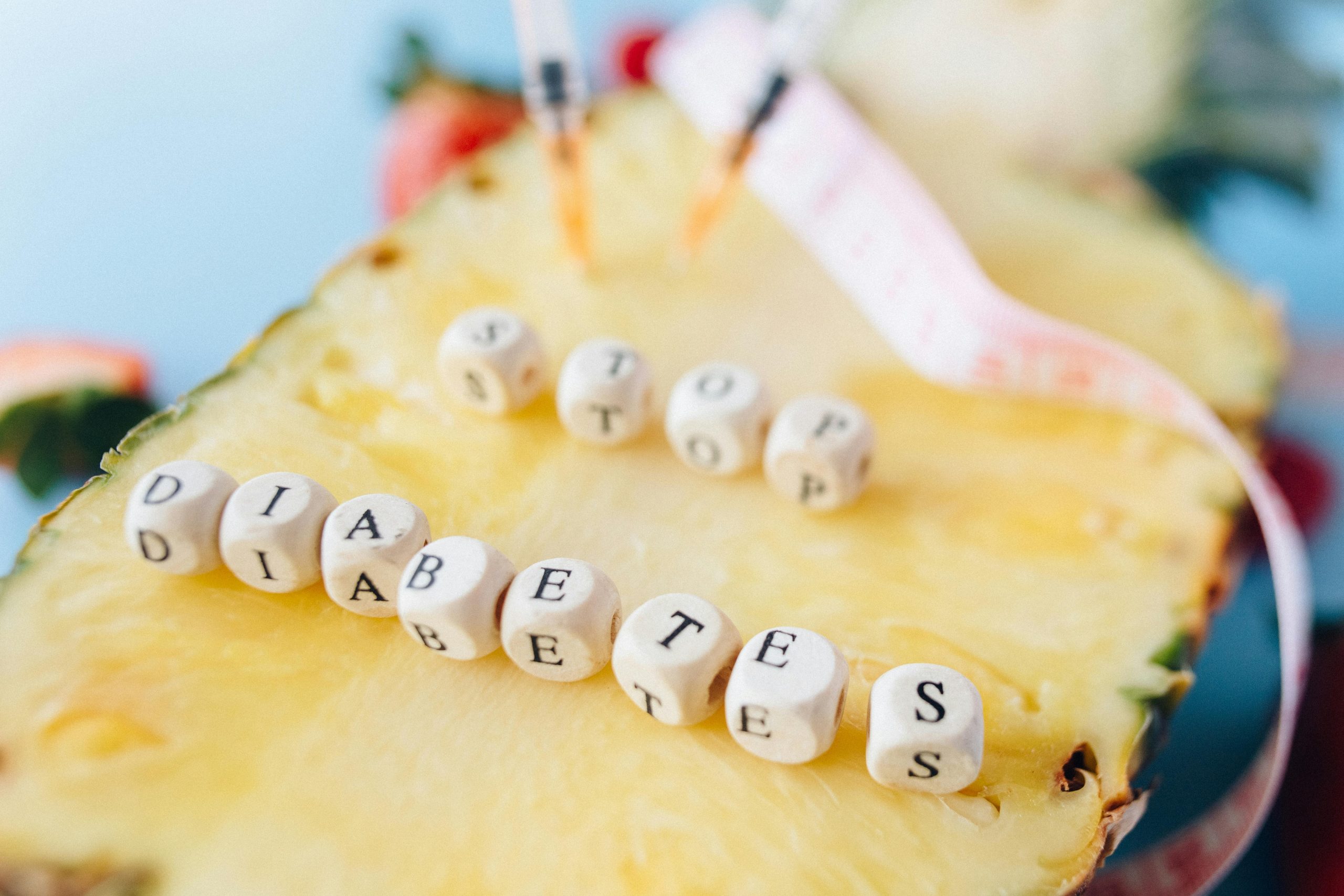Overview of Obesity in Childhood

Obesity in childhood refers to an excessive build-up of body fat that is associated with serious health concerns to a child’s development. About 1 in 4 children in Australia are afflicted by this illness, which has drastically increased in prevalence. This concerning trend emphasizes how urgent it is to deal with the problem head-on. Childhood obesity carries a number of health hazards, such as a higher chance of type 2 diabetes, heart disease, and even some types of cancer in later life. Furthermore, it is impossible to ignore the psychological effects, which include despair and low self-esteem. It’s critical to acknowledge the significance of early intervention. Proactive childhood action sets the stage for healthier and happier adulthood. It is not only about averting health problems; it is also about raising a successful generation.
Knowing the Reasons Behind Childhood Obesity

- Genetic Variables and Their Effect on ObesityThough they don’t determine a child’s destiny, genetics is a major factor in childhood obesity. Although some genes make a person more susceptible, lifestyle decisions can make a difference. Genetics set the setting, but environment and behavior create the story. It’s a complicated interplay.
- Environmental Factors: Screen Time, Diet, and ExerciseOur habits are shaped by our environment. An abundance of processed foods in the diet combined with little exercise makes the ideal conditions for obesity. Screen time, which is frequently sedentary, makes the problem worse. It’s important to consider how we live in addition to what we eat. Modest adjustments to everyday schedules can have a significant impact.
- The Influence of Social and Family Norms on Consumption and Activity PatternsSociety and family have a big impact. Food preferences, exercise habits, and meal patterns are frequently acquired from our environment. To break the cycle, everyone must work together. Establishing regular physical activity and a balanced diet as family norms can help youngsters develop lifetime wellbeing. It all comes down to establishing an atmosphere in which choosing health is the default option.
Preventing is a process that begins with understanding these factors. We may develop solutions that address genetic predispositions, alter environmental circumstances, and change cultural norms by recognizing the complex nature of pediatric obesity. By working together, we can stop this epidemic’s spread and provide our kids a healthy future.
Nutritional Approaches for Preventive Measures

- The Foundation of a Well-Rounded DietThe ability to prepare a balanced meal that harmoniously balances macro and micronutrients is essential to preventing childhood obesity. Carbs, proteins, and fats are macronutrients that power our daily activities; on the other hand, vitamins and minerals are micronutrients that keep our bodies functioning properly. It is essential to comprehend these nutritional building components. It’s important to nourish rather than merely eat.
- Useful Advice for Eating HealthilyMaking the switch to healthier eating practices doesn’t have to be difficult. As a ray of hope, meal planning directs families toward wholesome decisions without adding to the stress of last-minute scrambling. Another ally is portion control, which makes eating an intentional activity rather than a mindless habit. Not to mention the importance of reading nutrition labels, which helps us make informed decisions by demystifying the ingredients in our meals. When combined, these tactics create a route towards well-being.
- Promoting Whole Grains, Fruits, and VegetablesPromoting the eating of fruits, vegetables, and whole grains is like building a healthy foundation. These nutrient-dense meals have other advantages beyond helping with weight management, making them the unsung heroes in the fight against obesity. They are fuel for a prosperous future, not simply nourishment.
- Cutting Back on Low-Nutrient Foods and Sugary DrinksReducing the intake of high-calorie, low-nutrient foods and sugary drinks is essential to reducing childhood obesity. These products, which frequently appear as treats, are to blame for the growth in unhealthful weight gain. We can help our kids take a better path by letting them choose nutrient-rich snacks and water or milk instead of sugary drinks.
To learn more about avoiding children obesity and maintaining a healthy diet, refer to the The Department of Health, Australian Government website. It is a veritable gold mine of information, providing direction and assistance to families as they navigate the difficulties of nutrition.
By implementing these dietary practices, we can prevent childhood obesity and create enduring habits that will lead to a happier and healthier generation. Together, it’s an adventure worth taking.
Strategies for Behavioral and Psychological Interventions to Prevent Childhood Obesity


Establishing Reasonable Objectives and Tracking Development
Setting attainable goals is the first step towards starting the transition to a healthier lifestyle. Children who are given realistic goals that are appropriate for their skills feel more motivated and accomplished. The trip stays on course when progress is routinely tracked, milestones are recognized, and goals are modified as necessary. This methodology not only fosters physical well-being but also cultivates an optimistic outlook towards individual development and accomplishment.
Developing a Positive Self-Esteem and Body Image in Children
It is crucial to inculcate a healthy body image and strong self-esteem. Youngsters who have a positive self-image are more inclined to participate in activities that enhance their wellbeing. Positive reinforcement, an emphasis on strengths, and the demonstration of self-love set the foundation for a self-assured and content youngster. Recall that each child is unique, and embracing this uniqueness helps children develop healthy body and self-esteem.
Methods for Modifying Behavior: Incentives, Emulation, and Constraining
Three key components are necessary for behavior modification to be effective: reinforcement, role modeling, and rewards. Verbal and material praise as well as rewards encourage and recognize hard work. Adults who lead by example, or role model, show good behaviors in action. Consistent encouragement, or reinforcement, strengthens these behaviors. When combined, these tactics foster an atmosphere that is conducive to long-lasting transformation.
The Parental and Caregiver Role in Developing Health-Promoting Behaviors
Creating a healthy environment for a child is a major responsibility of parents and other caregivers. Their impact is significant, ranging from cooking wholesome meals to promoting physical exercise. They provide a strong example by making their personal health and wellbeing a priority. Their participation, direction, and encouragement are essential for establishing lifelong healthy behaviors.
A multidisciplinary strategy incorporating dietary practices, physical exercise, and behavioral and psychological therapies is needed to address pediatric obesity. We may steer our kids in the direction of a better, healthier future by creating a nurturing atmosphere, establishing reasonable objectives, and encouraging a positive self-image. One small step at a time, we can fight childhood obesity together.
Community-based interventions and policy

Interventions in Schools
- Programs that teach nutrition give children the tools they need to make healthy food choices.
- Better school lunches guarantee that kids have access to wholesome food throughout those crucial years of growth.
- Programs for physical education that are inclusive and engaging promote regular movement. These programs are essential because they lay the groundwork for long-term wellbeing and good health.
Community Projects
- Kids can be active in safe play areas, which encourages a love of exercise.
- Children can have hands-on experience cultivating food in community gardens, establishing a connection between them and the source of their sustenance.
- Local health promotion initiatives bring communities together in the battle against obesity by increasing awareness and providing resources. Together, these initiatives produce a setting that encourages healthy living.
Tackling Media and Advertising Influences
Media and advertising have a significant influence on the dietary choices made by kids. Fast food, sweetened beverages, and unhealthy snacks are frequently promoted to kids directly, which shapes their tastes and routines. Interventions in policy can help with these issues. Advocacy initiatives, transparent food product labeling, and advertising regulations can all work to protect kids from harmful influences. We can help kids eat healthier by encouraging them to make healthy choices and making them more appealing.
When combined, these tactics provide a thorough strategy for reducing childhood obesity. Together, community-based programs, governmental changes addressing the effects of advertising, and school-based interventions can help ensure that our kids have healthier futures. It’s a team effort that calls for the dedication of parents, legislators, educators, and the community at large. We are investing in our children’s wellbeing and the health of our society when we fund these treatments.
In Conclusion
We can defeat childhood obesity together. Even if this path is difficult, it promises our kids a better future. We enable our young people to lead healthier lifestyles by adopting a comprehensive strategy that incorporates physical exercise, psychological assistance, and knowledge about nutrition. Our combined efforts to engage the community and modify policies highlight how crucial it is to present a unified front in the fight against this scourge. Together, we can ensure a healthy future by creating conditions that support each child’s growth and well-being.
Strategies for Preventing Childhood Obesity FAQs
Involving children in meal planning and preparation can help prevent obesity by teaching them about nutritious foods and encouraging healthier eating habits. This hands-on approach makes them more likely to try and enjoy a variety of foods, including vegetables and fruits. It also provides an opportunity to educate them on portion sizes and the benefits of eating whole, unprocessed foods.
Incorporating physical activity into a child’s daily routine can be done by scheduling regular times for active play, sports, or exercise. Making physical activity a family activity, such as evening walks or weekend bike rides, can also motivate children to be more active. It’s important to find activities that are fun and age-appropriate to keep them engaged.
Schools can contribute to preventing childhood obesity by implementing policies that promote healthy eating and physical activity, such as providing nutritious school meals and regular physical education classes. Creating a supportive environment that encourages walking or biking to school and limiting the availability of sugary and fatty snacks can also make a significant difference. Additionally, education on healthy lifestyle choices can empower children to make informed decisions about their health.
Socioeconomic status affects childhood obesity by influencing access to healthy foods and opportunities for physical activity; addressing this issue requires community-based strategies that increase access to affordable nutritious foods and safe places for physical activity. Initiatives like community gardens, subsidized healthy meal programs, and public parks can help bridge the gap. Education and resources for low-income families on budget-friendly healthy eating and active living are also crucial.
Sleep plays a crucial role in preventing childhood obesity as it helps regulate hormones that control hunger and appetite. Ensuring children get adequate, quality sleep can prevent overeating and promote a healthier weight. Establishing a regular sleep schedule and creating a conducive sleep environment are key strategies.
Reducing sugar intake can be achieved by substituting sugary snacks and beverages with healthier options such as fruits, vegetables, and water. This approach not only decreases the amount of sugar consumed but also increases the intake of essential nutrients and hydration. Encouraging these habits early helps children develop a preference for less sugary foods.
Preventing childhood obesity has long-term benefits including a lower risk of developing chronic diseases such as type 2 diabetes, heart disease, and certain cancers in adulthood. It also contributes to better mental health outcomes and self-esteem among children as they grow. Furthermore, establishing healthy habits early in life sets the foundation for a lifetime of wellness and health-conscious decisions.
Advertising, especially for unhealthy food and beverage options, significantly impacts childhood obesity by influencing children’s food preferences and consumption patterns. Limiting children’s exposure to such advertising and educating them about media literacy can help mitigate its effects. Parents and caregivers can also advocate for regulations that limit the marketing of unhealthy foods to children.
Family meals play a significant role in preventing childhood obesity as they are often more balanced and nutritious than meals eaten separately or outside the home. Eating together also provides a chance for parents to model healthy eating behaviors and to monitor their children’s food choices. Regular family meals have been linked to lower rates of obesity and eating disorders in children and adolescents.
Screen time is directly linked to sedentary behavior, which contributes to childhood obesity; managing it involves setting clear limits on the use of TVs, computers, and mobile devices. Encouraging alternative activities that require physical movement can help reduce the time spent in front of screens. Establishing screen-free zones and times can also support healthier habits.

Jasmine Duque-Love is a mother of one and a practicing physiotherapist with a Phd in Physiotherapy

